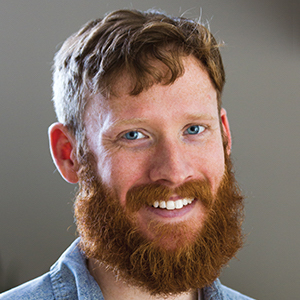
What is the longest possible walk on Earth?
How far could you go without crossing any major bodies of water?

Starting from any point on Earth, how far could someone walk without crossing any major bodies of water?
You may start by wondering how long it would take you to cross the contiguous United States — a feat that took on its own storyline in the 1994 movie "Forrest Gump" — and how many miles that journey would entail. The shortest route, from California to Georgia, measures a lengthy 2,339 miles (3,764 kilometers) and can take three to five months, though it depends on your pace, while the longest route, from northern California to Maine, comes in at 3,527 miles (5,676 km) and usually takes six months or more.
However, the breadth of the continental U.S. pales in comparison with the length of the Pan-American Highway, a de facto network of roads that stretches nearly 19,000 miles (30,500 km) from Ushuaia, Argentina, to Prudhoe Bay, Alaska. While the route, which includes a walk across the Panama Canal via either bridge or lock, is unable to be traversed entirely by car — the roads of Colombia and Panama are separated by a 66-mile (106 km) stretch of dense jungle known as the Darién Gap — it has been completed on foot twice by different adventurers.
Related: What's the most sunsets you could see on Earth in one day?
The first person to make the trek from Argentina to Alaska was British former sailor George Meegan, who began what would be a multipart, 19,019-mile (30,608 km) walk in 1977, ultimately wrapping it up 2,425 days later in 1983. Holly Harrison, a former U.S. Army Ranger, made the same northbound voyage on foot in 2018, completing a more direct 14,481-mile (23,305 km) walk in just 530 days.
Another contender for the longest possible journey by foot, as plotted by an intrepid Reddit user in mid-2020 with Google Maps — which considers the Darién Gap untraversable — begins in Cape Town, South Africa, and ends 13,735 miles (22,104 km) to the northeast in Magadan, Russia.
But if someone wanted to walk in a straight line, equipped with hypothetical hiking boots that allowed them to entirely ignore impassable terrain, like the mountains of Central Asia, they would instead find their trip starting in China and wrapping up in southwestern Portugal, two engineers showed in results published in the preprint database arXiv in 2018.
Sign up for the Live Science daily newsletter now
Get the world’s most fascinating discoveries delivered straight to your inbox.
In 2018, Rohan Chabukswar, an electrical engineer and physicist working at Collins Aerospace Applied Research and Technology in Cork, Ireland, and Kushal Mukherjee, an engineer at IBM Research in New Delhi, calculated the longest possible straight overland route that does not cross any bodies of water.
Their 6,984-mile (11,240 km) path, generated as part of an exercise in determining the longest possible straight-line path over water, starts in southeastern China. It then passes through 13 additional countries — Mongolia, Kazakhstan, Russia, Belarus, Ukraine, Poland, the Czech Republic, Germany, Austria, Liechtenstein, Switzerland, France and Spain — before ending near Sagres, Portugal. When laid across the Earth, that path forms a great circle, a curved shape made by all straight-line paths on a sphere.
"The authors admit that it was a recreational exercise, and they have a paragraph of caveats, using a great circle route is widely perceived as the shortest land distance between two points on our ellipsoidal planet," Dan Cole, who is chief cartographer and GIS coordinator at the Smithsonian Institution but was not involved with the study, told Live Science in an email. "So, I agree that the trajectory calculated by Chabukswar and Mukherjee is most likely the longest possible straight path over land."
Originally published on Live Science.

John Arnst is a freelance science writer and editor based in Washington, DC. He writes about every corner of life sciences he can get his hands on, and much of his work can be found in the magazine for the American Society for Biochemistry and Molecular Biology, where he was a staff writer for four years. He has degrees in English literature and biology from the University of Florida and two very vocal black cats.










